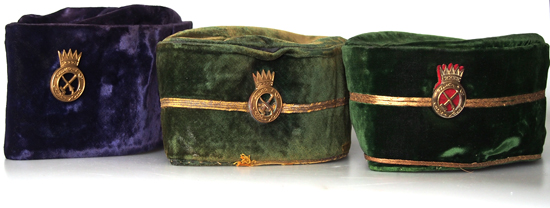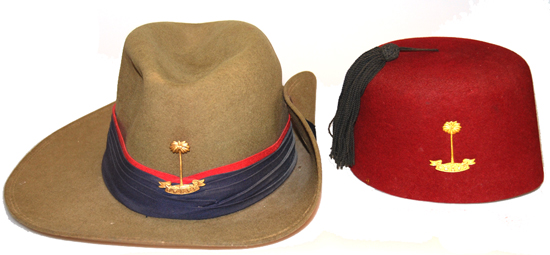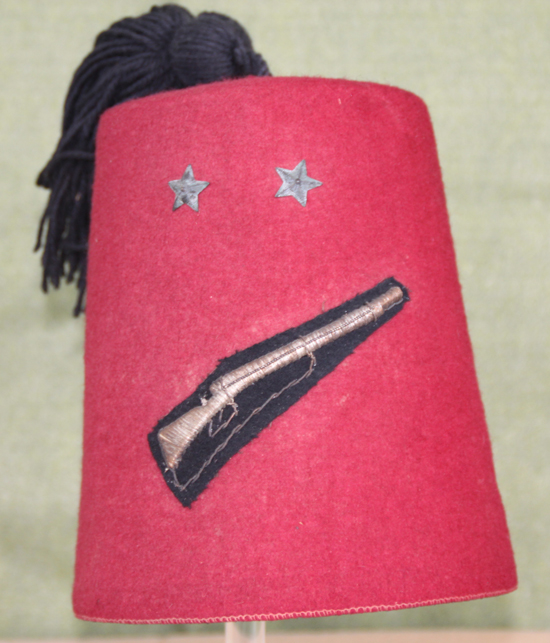Often misidentified as a fez, the “songkok” is a different type of headdress that has been worn by both soldiers and civilians alike in South Asia. Today it is a type of headdress widely worn in Indonesia, Brunei, Malaysia, Singapore, Thailand and even in parts of the Philippines.
The songkok is likely based on the fez, where it spread to South Asia by Ottoman sailors. A type of songkok was also worn in parts of the Ottoman Empire and even parts of Africa. So while there is a connection between the fez and songkok and these headdresses are similar in that there is no brim and the shape and height of the hats are quite different. Continue reading



